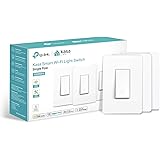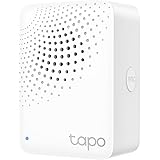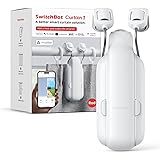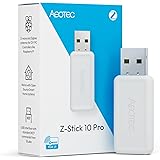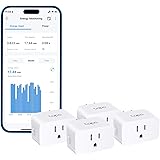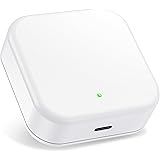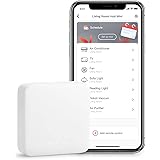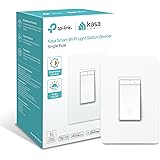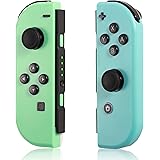If someone had told you that in a few decades, every door would automatically lock when it’s 10pm, the lights go dim, and your security system arms, while at the same time, your dishwasher begins washing dishes and your sprinklers start watering the lawn, you might have smirked, thinking that such conveniences are only for the rich and famous. However, home automation systems allow such a reality by connecting simple devices to a central control device.
Many such smart home devices can be controlled by a smartphone app, or work through the internet using voice control software such as Amazon’s Alexa ecosystem. This allows you to monitor and control the device from any location. Some of these devices have more advanced capabilities, such as being able to detect motion or changes in temperature. Others have a built-in camera and can be used to alert you or other trusted individuals when they come in contact with your property.
The more advanced home automation systems also provide a wealth of insights on the usage of your appliances. For example, home energy monitoring systems can track your power consumption throughout the day and even differentiate between different times of the year. This information can then be used to automatically power down devices during off-peak hours, thus reducing your energy bills. Some systems can even adjust your lighting according to your schedule, for example shutting down lamps or turning off air conditioning when you’re asleep.
A few popular examples of such systems include openHAB, MisterHouse, and Home Assistant. These are all free and open source, allowing you to integrate them with a wide range of hardware and third-party services such as IFTTT and weather reporting. They can be deployed on a variety of devices such as Raspberry Pis and Network-Attached Storage (NAS) devices.
There are also a number of commercial systems available, including those from Amazon, Nest, and Savant. Most of these offer a range of starter kits that can be used to begin building out your home automation. If you choose to use one of these, be sure that it supports ZigBee for maximum compatibility with other smart home devices.
It’s also worth noting that while many smart home devices can be controlled by voice, they aren’t necessarily compatible with each other. This is why it’s important to research the brand of your chosen home automation system and its compatibility with other devices before committing. It is also a good idea to look into the support for older devices as deprecation of legacy systems may not be supported or backwards-compatible in future versions of the OS, as well as how easy it will be to connect existing devices to your new system. Ultimately, it’s up to you how much you want to invest in your home automation system, with the ultimate goal being to reduce your energy bill and make your life easier. After all, that’s what technology is supposed to do, right?
